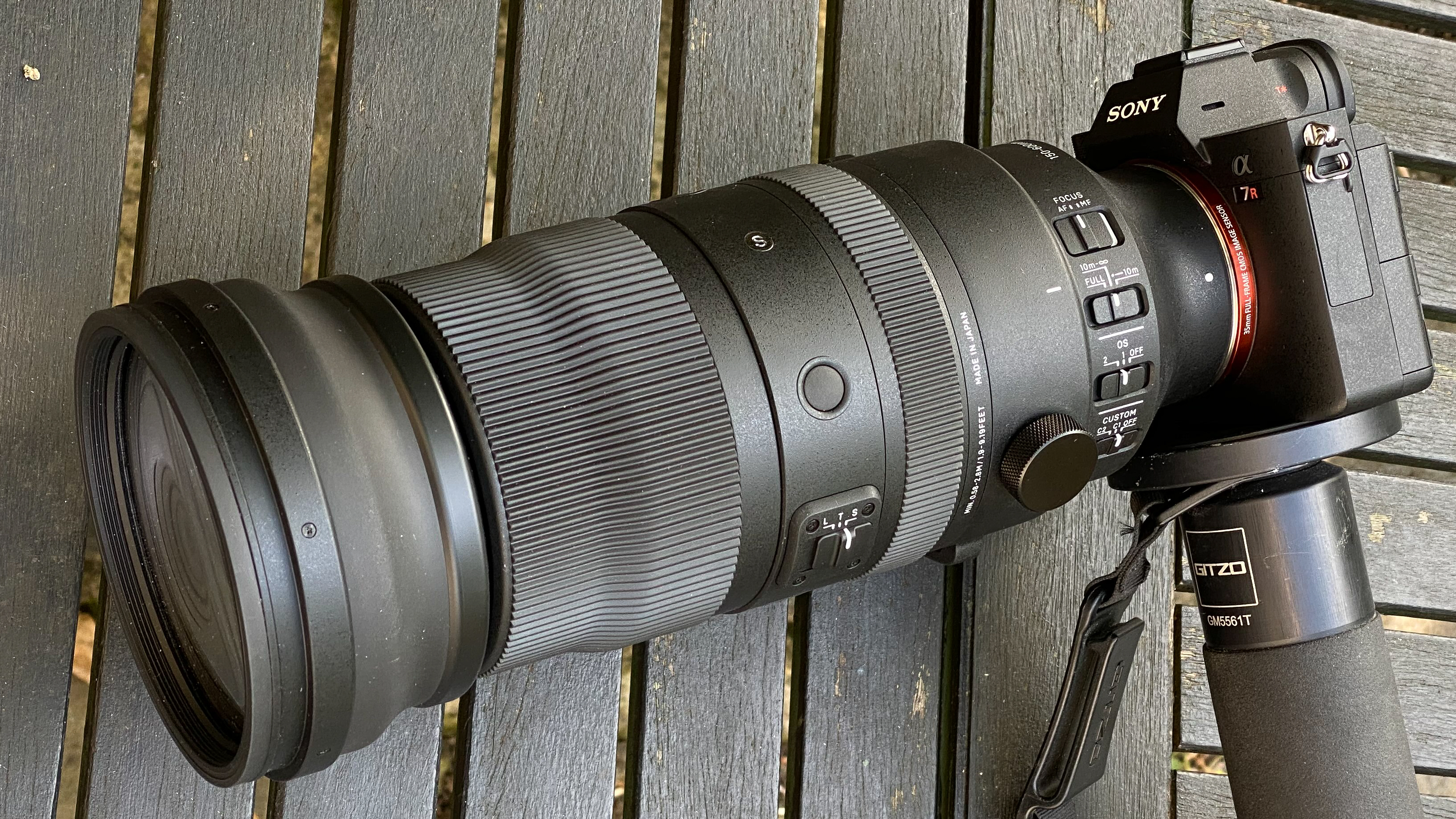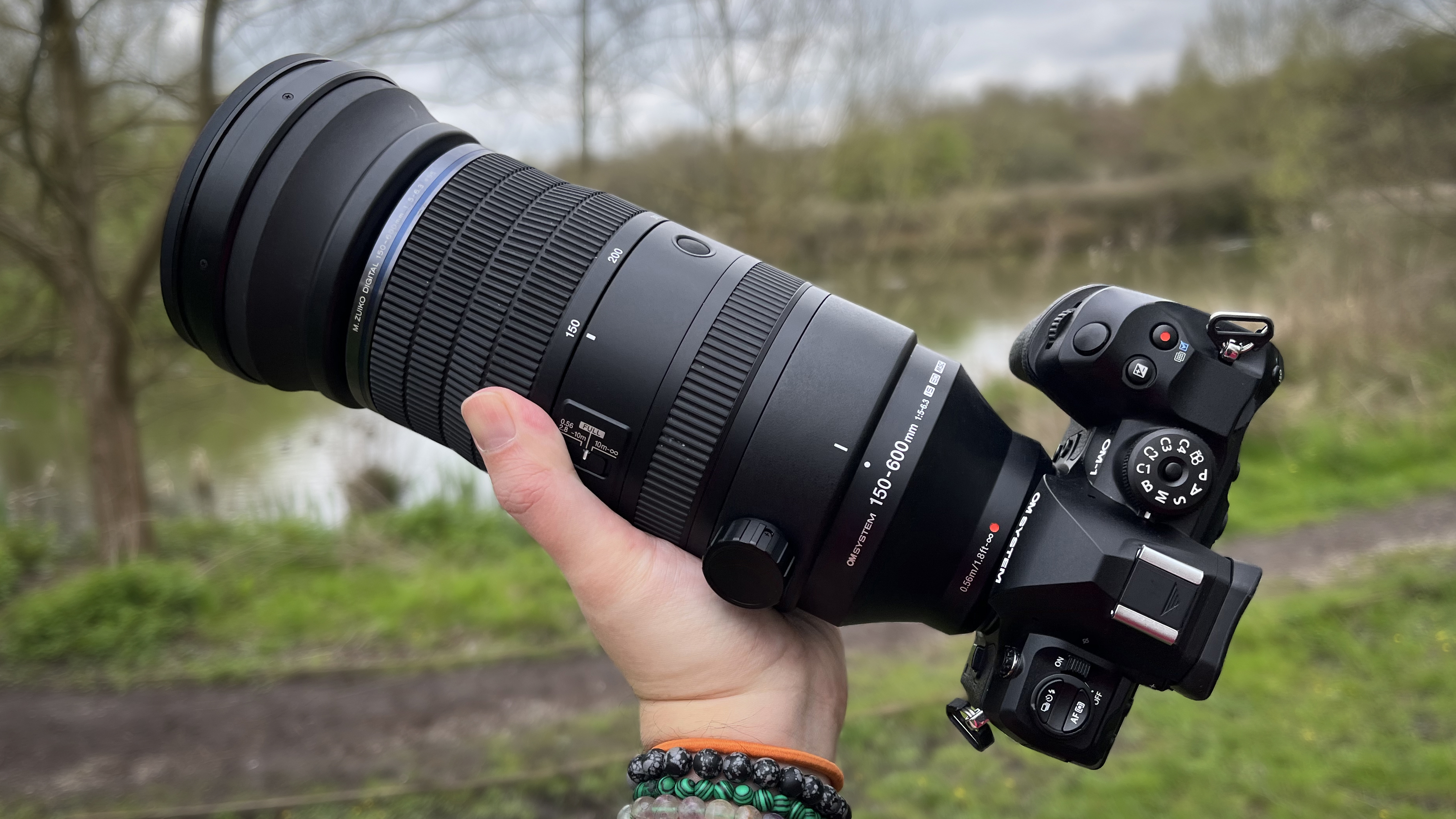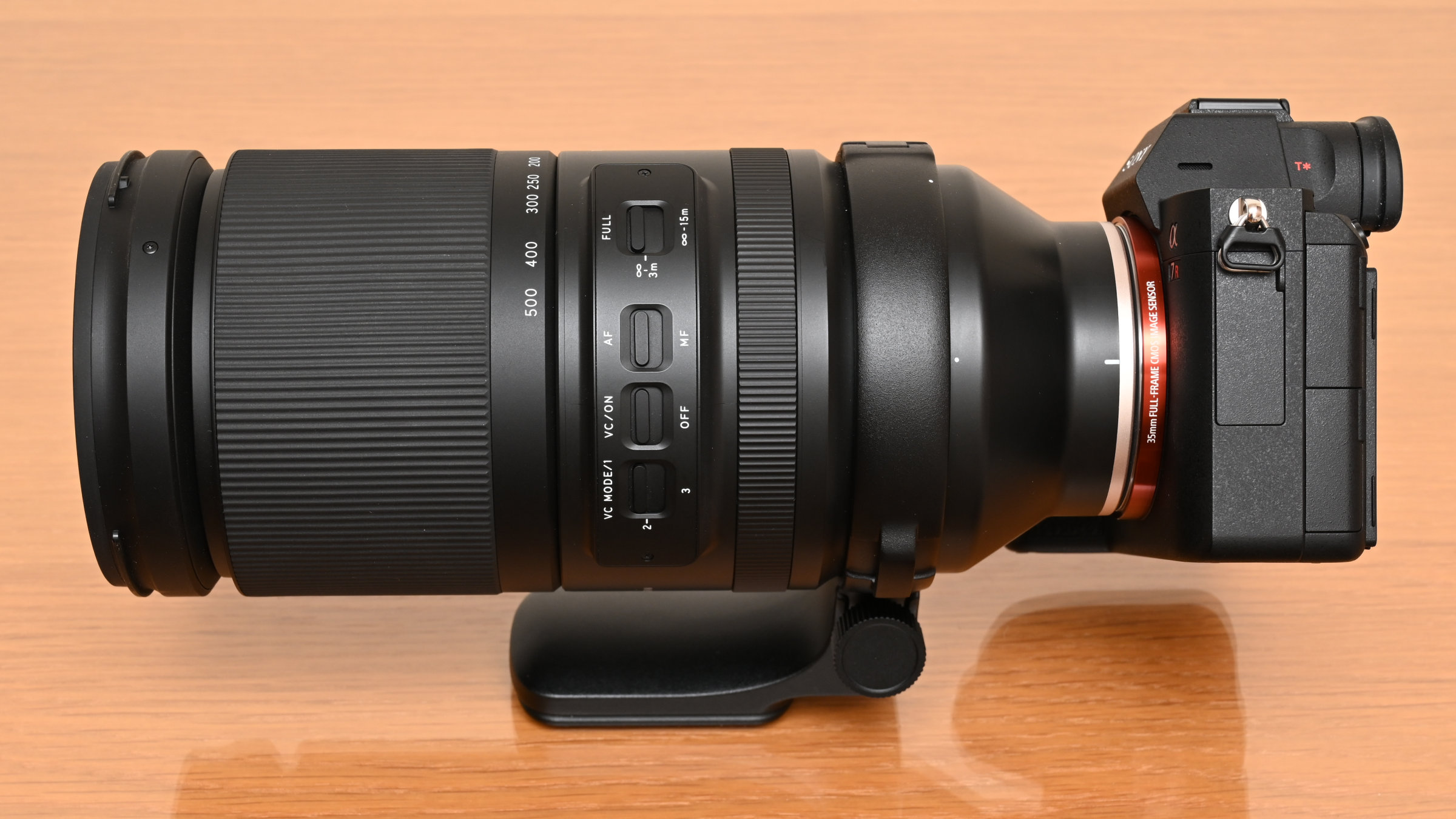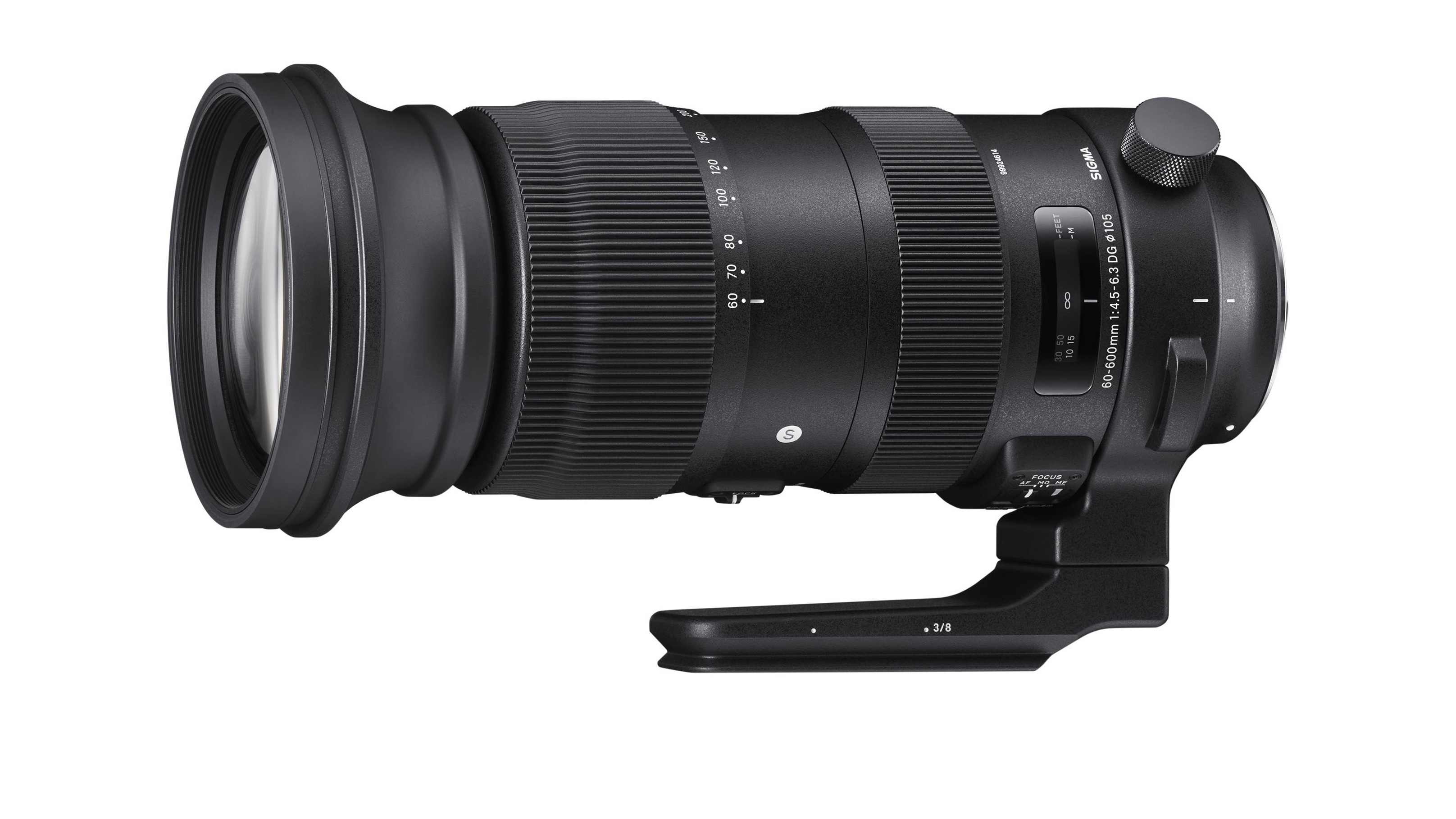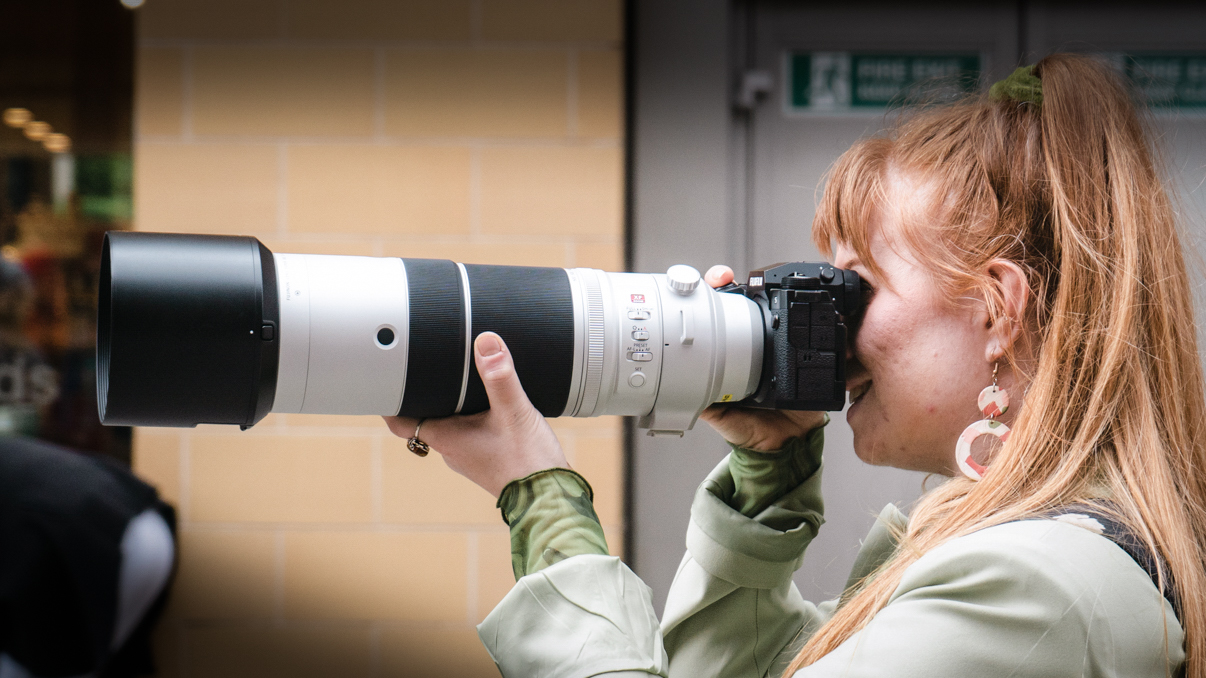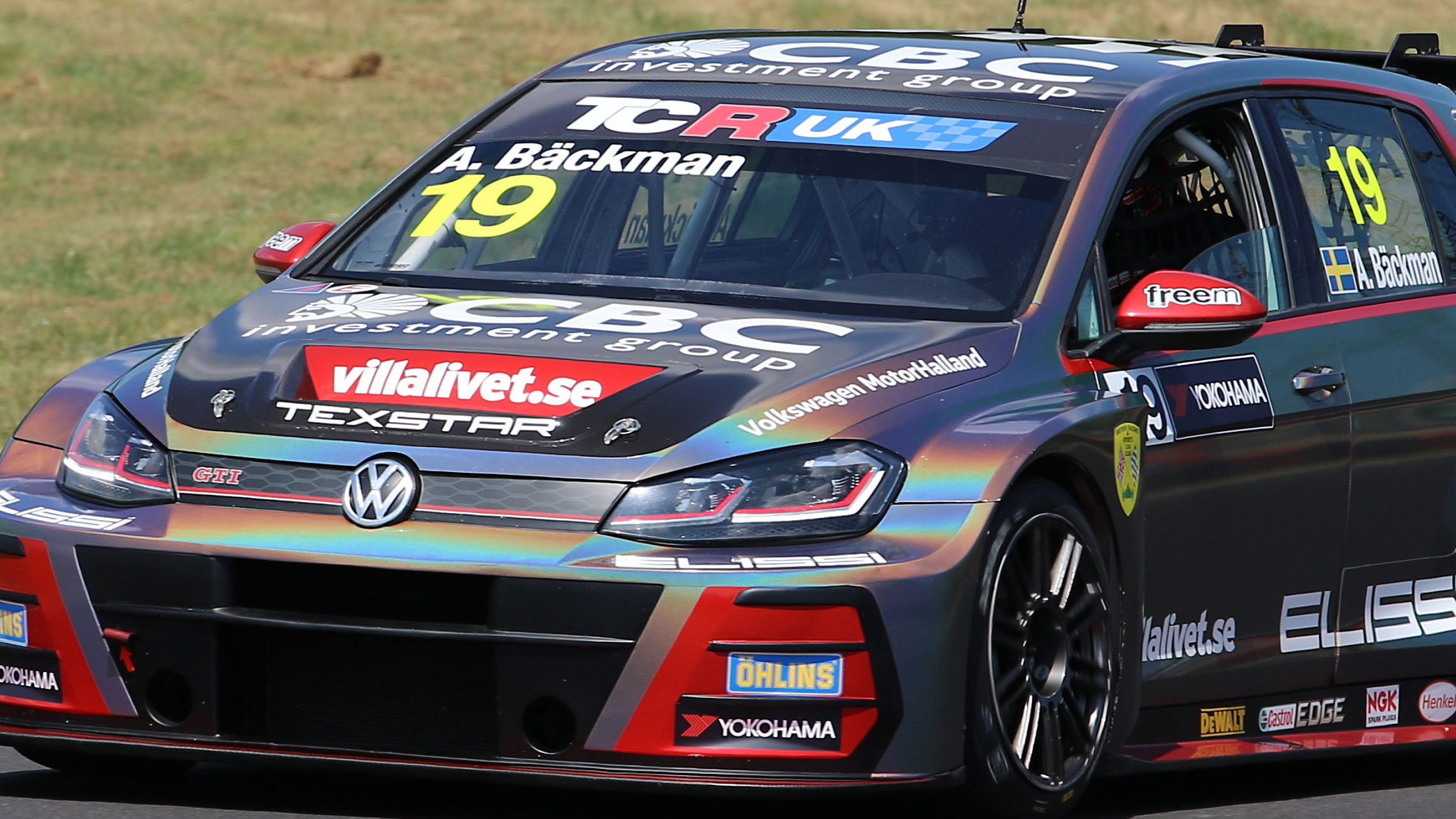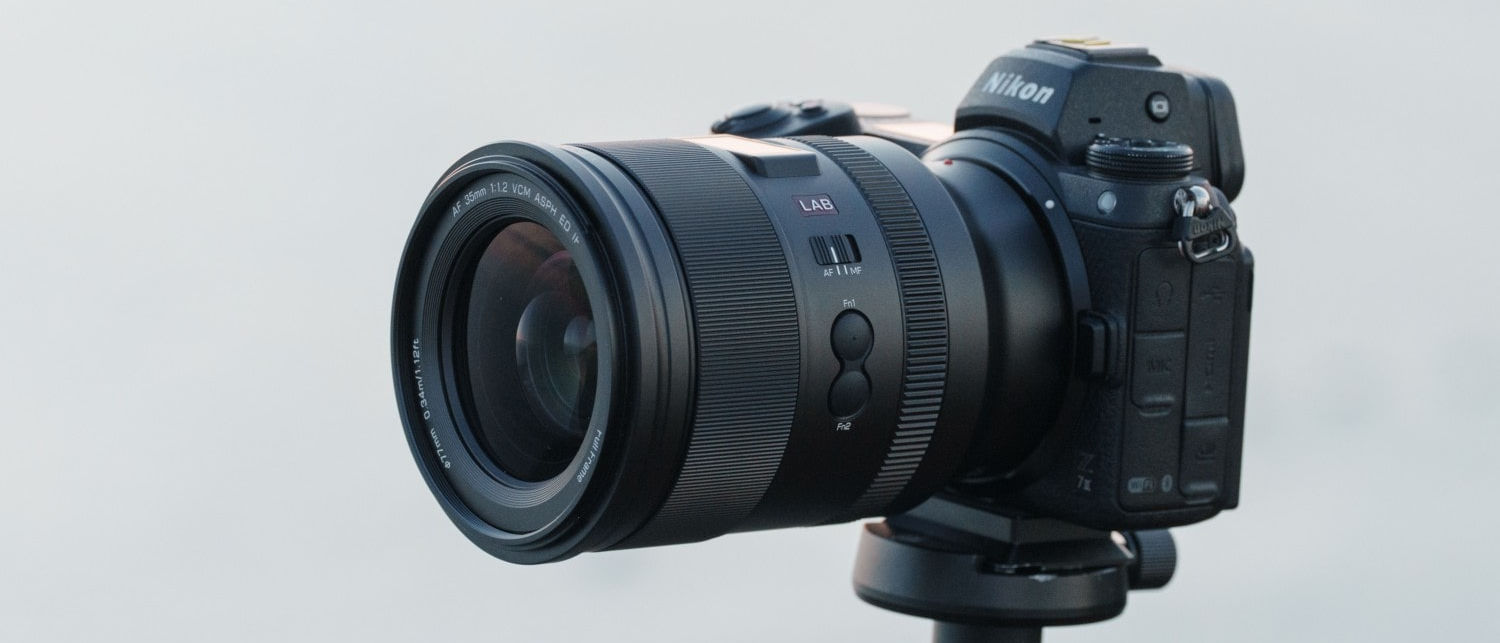The best 150-600mm lenses: super-telephoto zooms to get close to the action
These are the best 150-600mm lenses for getting super telephoto shots of sports and wildlife from afar
With the best 150-600mm lenses, you have such a versatile zoom range that you can get up close to distant subjects without even having to move your feet. As such, these lenses are especially beloved by sports and motorsports photographers, as well as wildlife shooters who want a broad range of telephoto perspectives. For subjects you just can't get close to, from wildlife to aircraft, a 150-600mm lens is ideal.
Originally pioneered by Sigma and adopted by Tamron, 150-600mm lenses are something of a rare breed. Manufacturers don't make their own, and some of the old DSLR classics have now been discontinued. To make this guide as useful as possible, we've listed not only the 150-600mm lenses that are currently available, but also a selection of telephoto zooms that cover a roughly similar focal distance.
The debate on the 'best' zoom range, of course, rages on – many photographers prefer the best 70-200mm lenses or the best 100-400mm lenses as their favorite working distance. Howeverm the 150-600mm outstrips them both in terms of sheer range and raw distance, and they're simply one of the best camera lenses to buy if you're a sports or wildlife photographer.

Matthew Richards is a photographer and journalist who has spent years using and reviewing all manner of photo gear. He is Digital Camera World's principal lens reviewer, and as such he has tested more primes and zooms – including plenty of 150-600mm optics – than most people have had hot dinners!
The quick list
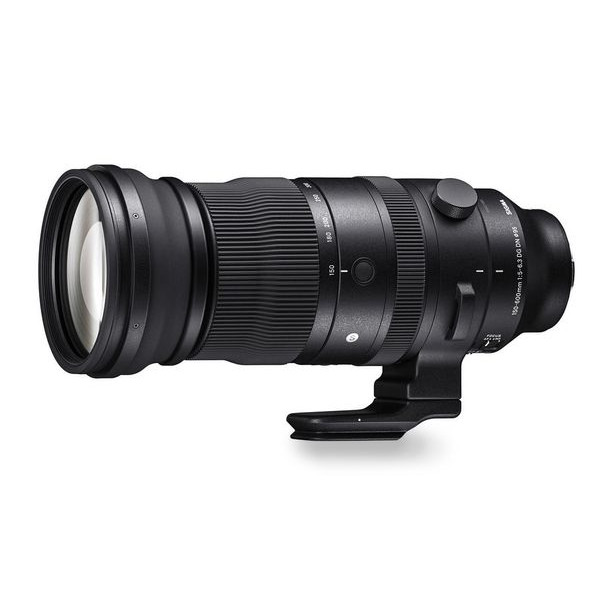
Best for mirrorless
For Sony E and L-mount mirrorless cameras, this lens is a worthy successor to a DSLR classic. It's got a weather-sealed build and produces pin-sharp imagery.

Best for DSLRs
Still going strong for Nikon F and Canon EF mounts, Tamron's G2 lens is a refresh of a classic that boasts excellent autofocus and stabilisation.
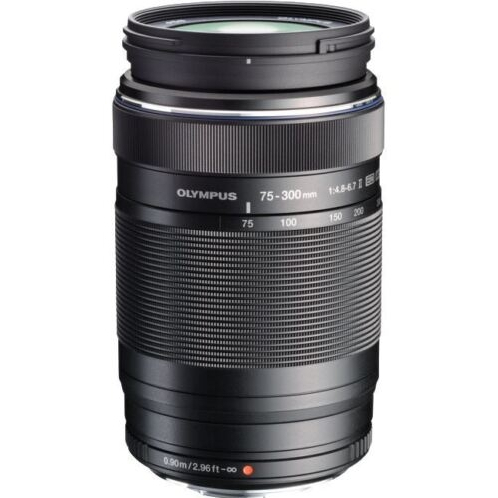
Best Micro Four Thirds
Delivering a 150-600mm equivalent zoom range thanks to the MFT crop factor, this is an incredibly travel-friendly lens that's also brilliantly affordable.
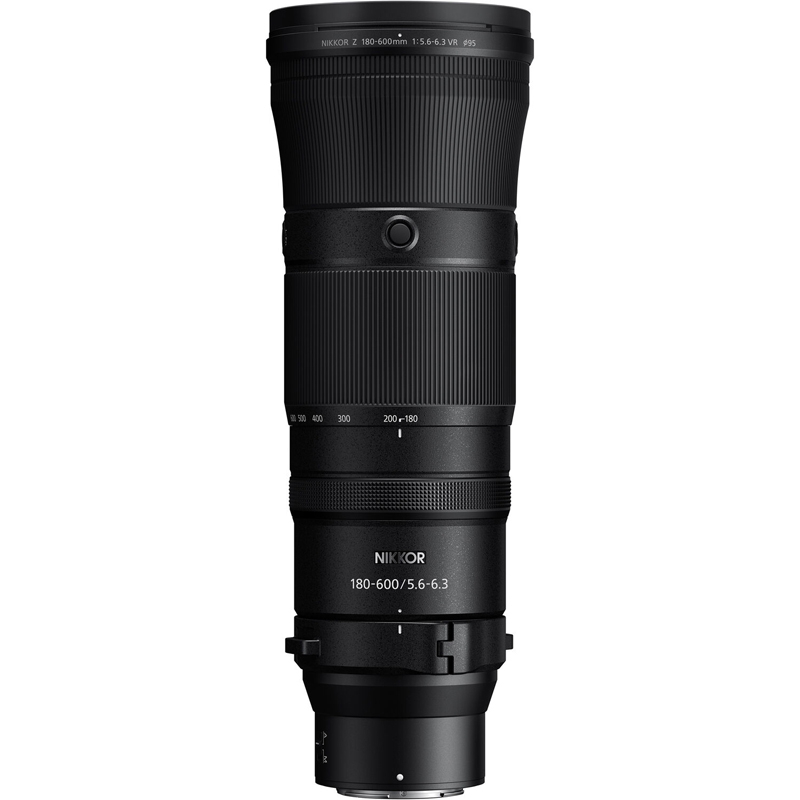
Best Nikon Z
Running very close to the 150-600mm focal range, this lens shaves a bit off the wide end, but still delivers real shooting versatility in a lightweight package.
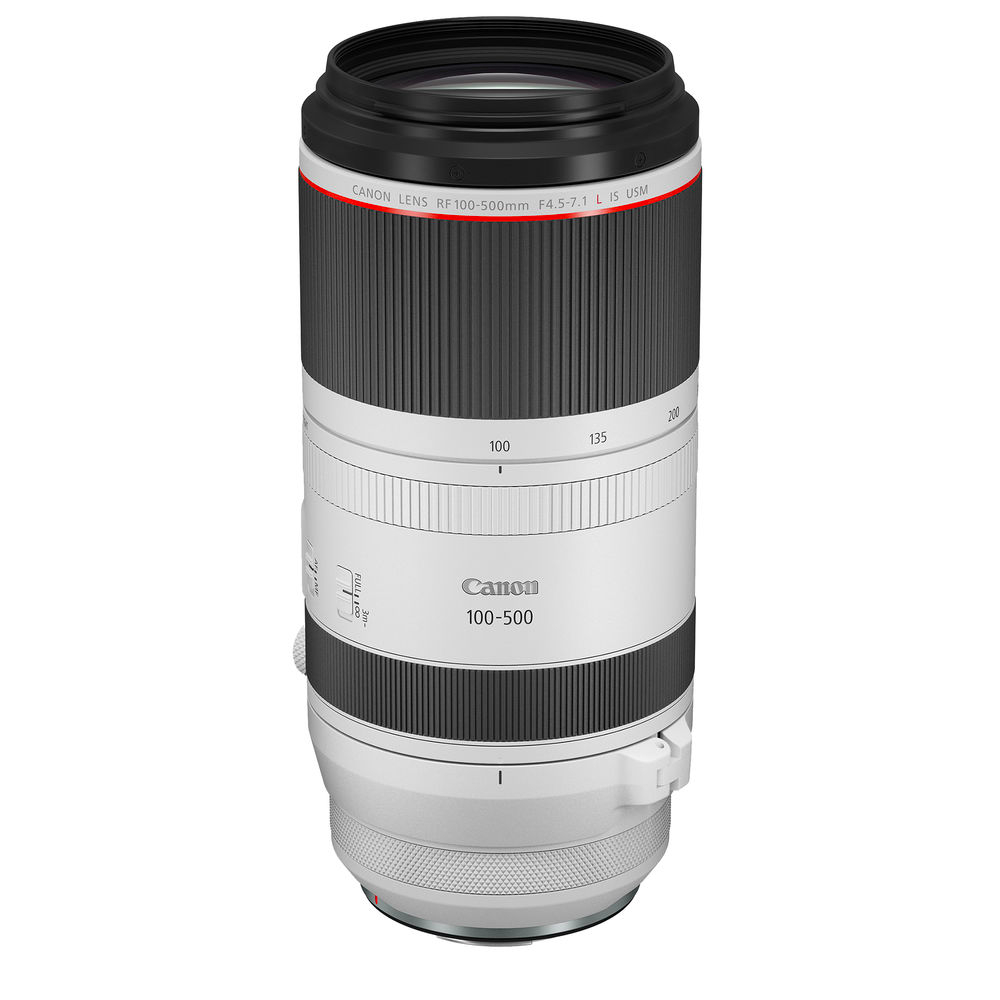
Best Canon RF
You lose a little at the tele end but gain a little at the wide end, and Canon's RF 100-500mm delivers brilliant images throughout the whole range.

Best Sony
While Sony users can use Sigma's true 150-600mm, this capable telezoom is a solid Sony-made alternative. The optical stabilisation is highly effective.
Load the next products ↴
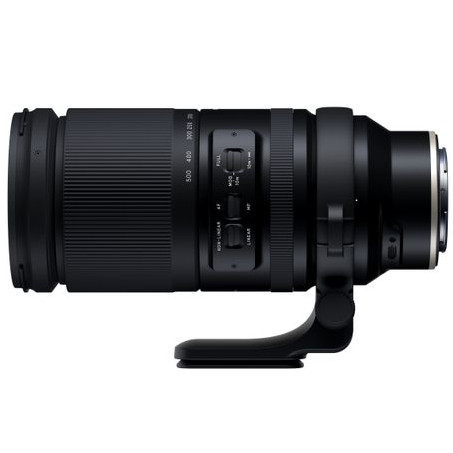
Multi-mount mirrorless
Originally just for Sony FE mount, this zoom lens from Tamron has since been made available for Fujifilm X and Nikon Z. It's not quite 600mm, but it's still a great lens.

10x zoom
Need a little more play at the wide end? This Sigma-made lens offers a whopping 10x zoom range for DSLR shooters, and optically it impresses.

Best Fujifilm X
Delivering a whopping equivalent zoom range of 229-914mm, this lens certainly provides telephoto reach. It can even be used with 1.4x and 2.0x teleconverters!
Best 150-600mm lenses
Why you can trust Digital Camera World
150-600mm lenses
Here are our picks of the best 150-600mm lenses you can buy right now, for both mirrorless and DSLR cameras.
Sigma 150-600mm Sports
Specifications
Reasons to buy
Reasons to avoid
A retooling of an already excellent DSLR lens, the Sigma 150-600mm f/5-6.3 DG DN OS Sports is the complete package for Sony and Leica L shooters. Pairing superb internal optics with an all-around excellent, weather-sealed build, this heavy-duty zoom lens is a big customer, but is really the only game in town for 150-600mm as far as users of the aforementioned mounts are concerned.
Of course, that wouldn't matter if the lens itself was no good. Fortunately, it's excellent. The optical path is a little different from the DSLR version, including 25 elements arranged in 15 groups, and it produces impressive sharpness throughout the entirety of the zoom range. There's some inevitable fall-off in the corners, but not enough to worry about, and it's the sort of thing that will be hidden anyway when you're shooting with a shallow depth of field.
The autofocus is excellent, though you'll need to make sure your camera is set up in the optimal way to take advantage of it. The build quality of the lens is also impressive – while no one is going to pretend this is a lightweight lens, it handles well, with tactile zoom and focus rings and a series of on-body controls for functions like AF speed, stabilization intensity, and in a new addition for the mirrorless version, Zoom Torque control to adjust the resistance of the zoom ring.
This is an all-around excellent lens that's absolutely worth the money for E-mount and L-mount users.
See our full Sigma 150-600mm f/5-6.3 DG DN OS Sports review
Tamron 150-600mm G2
Specifications
Reasons to buy
Reasons to avoid
This G2 (Generation 2) edition of Tamron’s 150-600mm lens is upgraded in pretty much every facet of its features, handling and performance. The LD (Low Dispersion) element count goes from one to three, and BBAR (Broad-Band Anti-Reflection) coatings add to the older lens’s eBAND (Extended Bandwidth and Angular-Dependency) coatings, to further suppress internal reflections. The uprated autofocus system delivers faster performance, better able to track moving subjects and the redesigned VC (Vibration Compensation) system gives class-leading 4.5-stop effectiveness, plus two additional switchable modes. The second mode is for panning and the third applies stabilisation only during exposures, making it easier to track erratically moving objects. However, the optical stabilizer is only featured in the Canon and Nikon mount editions of the lens.
With the Sony A-fit edition, you’ll need to rely on in-camera stabilization (note that for Sony mirrorless cameras using the Sony E-mount, you should check out the Tamron 150-500mm f/5-6.7 Di III VC VXD).
Going one better than the Sigma 150-600mm lenses, a new flex zoom lock enables you to lock the zoom at any position, rather than just at settings for which a focal length is marked on the barrel. It also matches the Sigma lenses with compatibility for an optional USB dock, which Tamron calls a ‘TAP-in Console’, for applying customization and firmware upgrades. There’s only a marginal Increase in size and weight over the original Tamron (see below), but the G2 gets superior weather-seals and a fluorine coating on the front element. Overall build quality feels superior.
Living up to Tamron’s claims, the G2’s autofocus speed and the effectiveness of its image stabilization are excellent. Image quality is very good overall, but sharpness is a bit of a mixed bag. In our tests, it proved slightly less sharp than the original Tamron lens at short to medium zoom settings, but rather sharper in the 400-600mm sector. It’s a good trade-off, as you’ll usually find yourself using the lens towards the long end of its zoom range.
See our full Tamron SP 150-600mm f/5-6.3 Di VC USD G2 review
Olympus 75-300mm
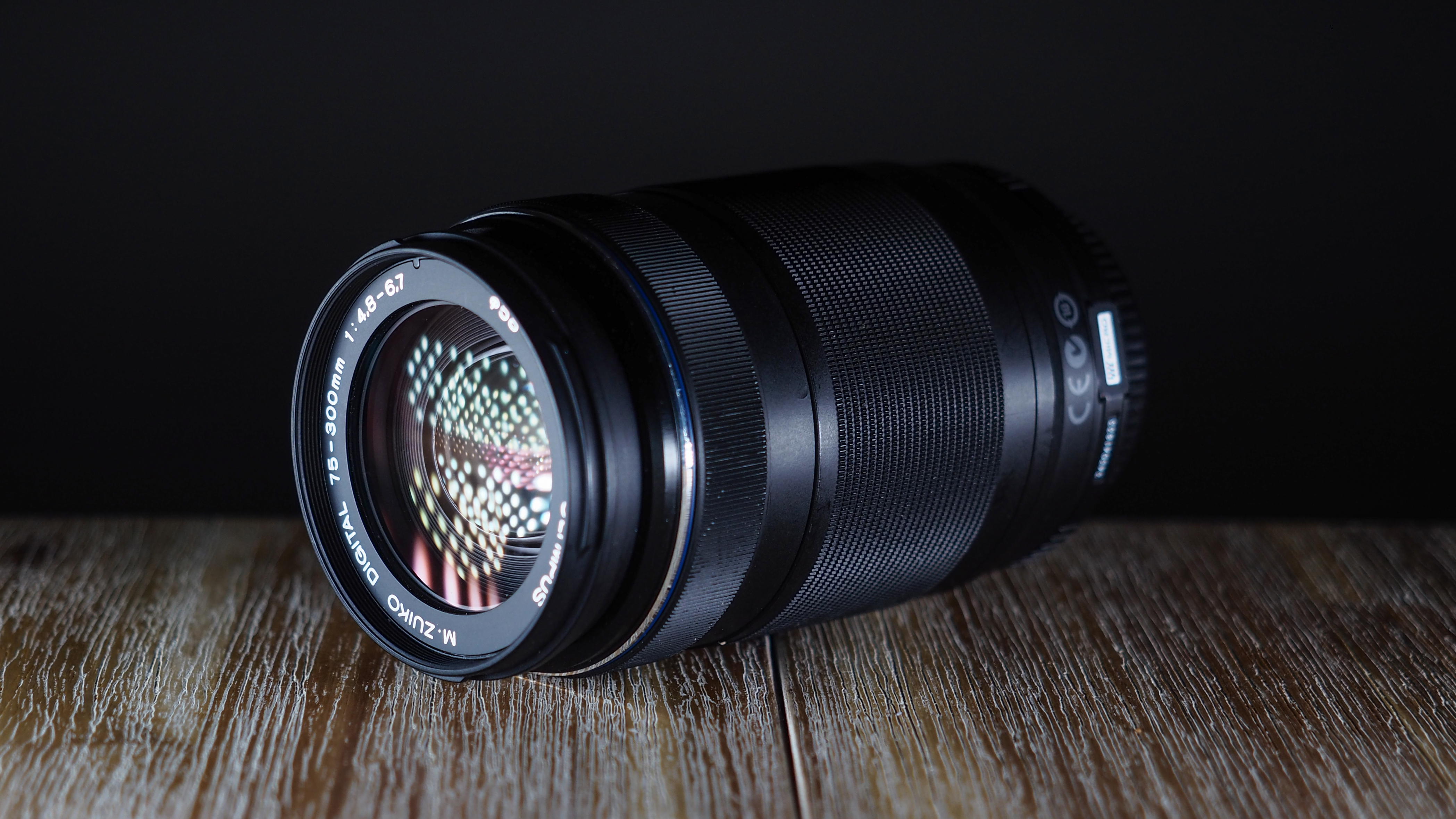
Specifications
Reasons to buy
Reasons to avoid
'Hang on,' you might be thinking, 'what's a 75-300mm lens doing here?' However, the Olympus M.Zuiko 75-300mm f/4.8-6.7 II is a Micro Four Thirds lens, and that means we have to take the 2x MFT crop factor into account. The smaller sensor size of Micro Four Thirds means we double the stated focal length of a lens to work out its full-frame equivalent, and – you probably have see where this is going – that means this 75-300mm lens behaves in practice as a 150-600mm lens.
While it's not as razor-sharp as the professional full-frame lenses, particularly at the narrow end, the M.Zuiko 75-300mm f/4.8-6.7 II plays nicely to the strengths of Micro Four Thirds. For a start, at just over 400g it's about a quarter of the weight of a full-frame 150-600mm lens, and is roughly the size of a large beer can. Those small dimensions make handheld shooting much easier, and also provide other advantages – the lens has a smaller 58mm filter thread, compared to 95mm on the Tamron G2, meaning filters are cheaper.
In testing, we found a lot to love about this lens. Like with any telephoto zoom, you have to use it with consideration to get the best results, but given its budget price, this is a lens that any MFT shooter should consider adding to their collection.
Read our full Olympus M.Zuiko 75-300mm f/4.8-6.7 II review
OM System 150-600mm
Specifications
Reasons to buy
Reasons to avoid
The Micro Four Thirds system has a 2x crop factor, relative to a full-frame camera. This means that, although this lens has an advertised 150-600mm focal range, when fitted to an MFT body its field of view will be equivalent to a 300-1200mm full-frame lens. Consequently, this lens offers immense reach for capturing distant subjects, while up to 7 stops of image stabilization helps keep things steady when you're zoomed in to the max.
Keen lens nerds may have spotted that this lens looks very similar to the Sigma 150-600mm f/5-6.3 DG DN OS Sports (number 1 on this list). And that's because it is essentially the same lens, adapted for use on Micro Four Thirds bodies. While that has its benefits, as a full-frame lens it does mean the OM System M.Zuiko 150-600mm feels very bulky and heavy compared to more typical MFT optics.
During our time reviewing the OM System M.Zuiko 150-600mm, we came away a little disappointed by the lens's overall sharpness, which was significantly down on the performance of the Sigma 150-600mm. But if you must have telescope-rivalling levels of zoom for your Micro Four Thirds camera, this is the only lens to go for.
Read our full OM System M.Zuiko 150-600mm f/5.0-6.3 IS review
150-600mm alternatives
There are a few lenses that give a similar, but slightly different, focal length range to a 150-600mm – and below are some of those which are worth considering:
Nikon Z 180-600mm
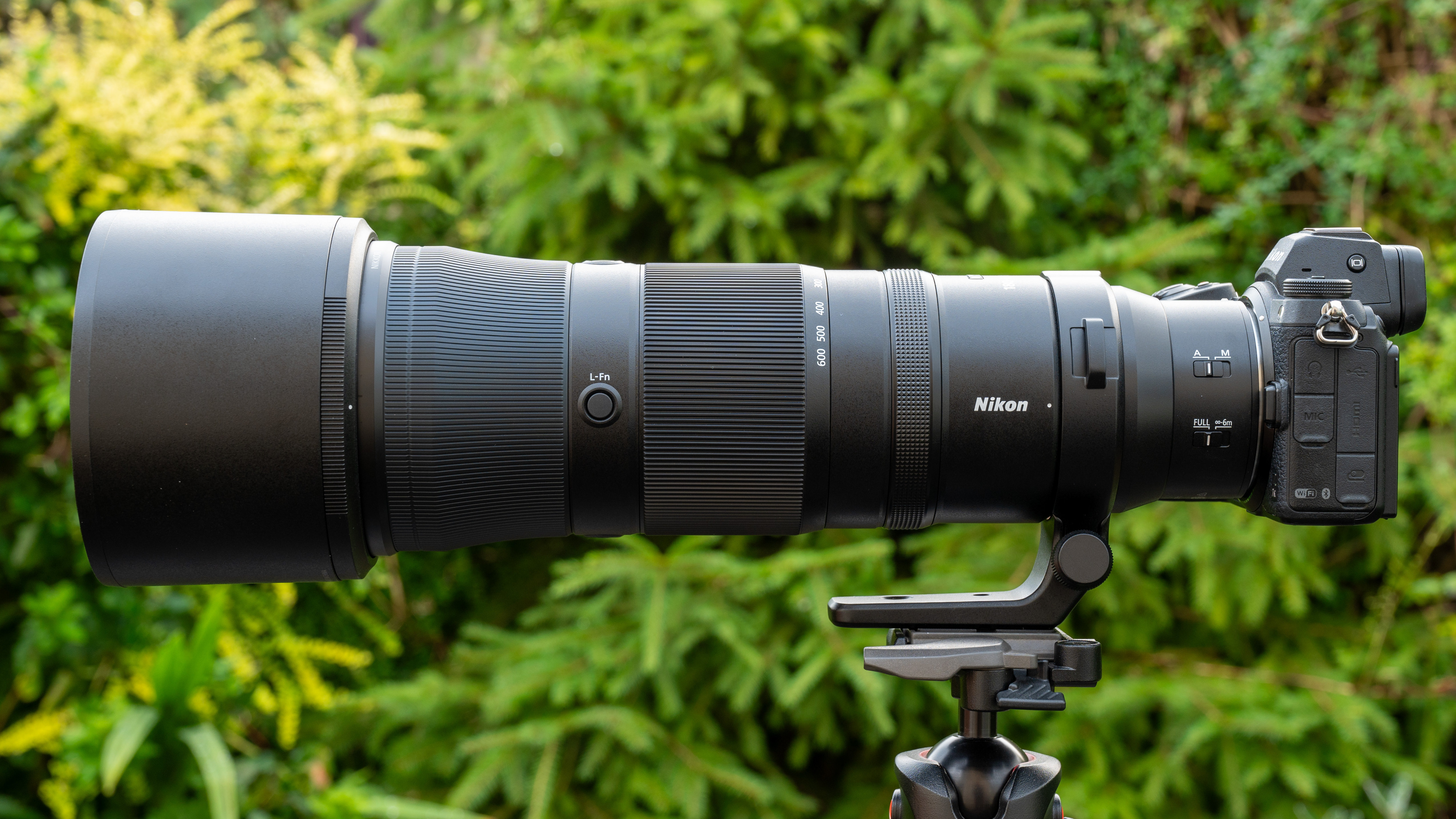
Specifications
Reasons to buy
Reasons to avoid
This big zoom is as close as Nikon has got to matching the 150-600mm focal length – and it's an outstanding lens. Earning the full five stars in our review, the Nikon Z 180-600mm f/5.6-6.3 VR offers tack-sharp image quality right the way through that zoom range. While it's a relatively hefty lens, it's light enough that you'll be able to use it handheld for a decent chunk of time. We particularly love the four customisable function buttons, which sit just under where the thumb naturally falls.
A particular asset of this lens is its optical VR (Vibration Reduction) system, which is rated to provide up to 5.5 stops of effective compensation. This makes the far end of the telephoto much more useable hand-held, and helps you make the most of all that gorgeous sharpness. Great for sports, wildlife and other types of telephoto shooting, the Nikon Z 180-600mm f/5.6-6.3 VR is the best choice for approximating the 150-600mm focal range on Nikon Z cameras.
Read our full Nikon Z 180-600mm f/5.6-6.3 VR review
Canon RF 100-500mm
Specifications
Reasons to buy
Reasons to avoid
The Canon RF 100-500mm f/4.5-7.1L IS USM is the first super-telephoto zoom lens for EOS R-system mirrorless cameras. This is a high-quality lens with its L-series build, and even has a heat shield coating for coping with shooting in challenging weather conditions, whether it’s hot or cold. Plus its 5-stop image stabilization will help you deliver sharp shots when shooting handheld with slower shutter speeds and in low light. It lacks the reach of a 150-600mm at its telephoto lens - but compensates for this with its widest tele setting.
See our full Canon RF 100-500mm review
Sony 200-600mm
Specifications
Reasons to buy
Reasons to avoid
This used to be the nearest Sony users could get to a 150-600mm, but even though the Sigma 150-600mm F5-6.3 DG DN OS | Sports has now stolen its thunder, it's still a good choice. The Sony FE 200-600mm F5.6-6.3 G OSS comes pretty close to offering the same sort of reach for what is actually a pretty reasonable price for a Sony lens.
It doesn't boast Sony's G Master badge of optical excellence, and it does have a relatively restricted maximum aperture of f/5.6-6.3, but it has built-in optical stabilization, so pairs well with any Sony Alpha model, including those without IBIS.
See our full Sony FE 200-600mm F5.6-6.3 G OSS review
Tamron 150-500mm
Specifications
Reasons to buy
Reasons to avoid
The Tamron 150-500mm F/5-6.7 Di III VC VXD is the company’s first super-telephoto zoom for full-frame Sony mirrorless cameras. It’s up against stiff opposition from the excellent own-brand Sony FE 200-600mm f/5.6-6.3 G OSS (above), which gives even greater telephoto reach. However, the Sony lens is physically nearly 50 per cent longer, somewhat heavier and more expensive to buy. Despite not having quite the reach of a 150-600mm, the range is still attractive enough for action, sports and wildlife photography. It is backed up by super-fast autofocus and highly effective optical stabilization. It’s sufficiently compact and lightweight for prolonged periods of handheld shooting, and the removable Arca-Swiss compatible tripod mount collar is a further handling bonus. All in all, it’s a high-performance lens with a strong set of features and a very good buy at the price.
Originally released just for Sony E, this lens has since been made available in Nikon Z and Fujifilm X configurations.
Read our full Tamron 150-500mm F/5-6.7 Di III VC VXD review
Sigma 60-600mm
Specifications
Reasons to buy
Reasons to avoid
The Sigma 60-600mm f/4.5-6.3 DG OS HSM | S looks like the company’s popular 150–600mm f/5-6.3 DG OS HSM | S lens for DSLRs – now discontinued, and replaced by the DG DN OS Sports version in our number-one spot. However, this lens sports a shorter minimum focal length that makes it really unique. With a staggering 10x zoom, it doesn't look so very different from the 150-600mm lens but inside features a sophisticated optical construction consisting of no fewer than 25 elements in 19 groups.
The lens feels sturdy and well made, with a construction that is part magnesium alloy and part composite material. We found the AF to be very quick and effective in the vast majority of cases we tested it in, while the image stabilizer is highly effective for both static and panning shots. Optically and contrast and sharpness are impressive at all zoom settings, particularly when shooting wide-open.
This is an incredibly versatile lens that should be a tempting proposition for those looking to shoot wildlife.
See our full Sigma 60-600mm f/4.5-6.3 DG OS HSM S review
Fuji XF150-600mm
Specifications
Reasons to buy
Reasons to avoid
While it says '150-600mm' on the box, this astounding lens actually covers an equivalent focal range of 229-914mm in equivalent 35mm film terms, once mounted to a Fujifilm X camera. And, as if that weren't enough, it even supports teleconverters. This means that if you fitted it with the XF2X TC WR, the range would extend to up to 1200mm (equivalent to 1828mm). Not bad for a lens that weighs just 1605g (albeit without the lens hood, lens cap, and tripod collar foot) and costs under $2k!
The Fujinon XF150-600mm F5.6-8 R LM OIS WR lens has opened up the Fujifilm X-mount to wildlife and sports photographers who don't just want a long lens – they want an easy-to-carry, affordable, and fast-focusing long lens. The performance of the Fujinon XF150-600mm F5.6-8 R LM OIS WR is all of these things, and great for the price point. If you're a Fujifilm user, you can now get even closer to subjects that are small, speedy, or elusive.
See our full Fujifilm XF150-600 F5.6-8 R LM OIS WR review
How to choose the best 150-600mm lenses
When it comes to picking 150-600mm lenses, one thing to note is that all the 'true' examples third-party, as camera manufacturers aren't currently making their own. While this means that you may need to get used to different handling, and some features like optical image stabilization may not function as well, the advantage is that they tend to be cheaper than buying native lenses. Given how expensive telephotos can get at longer focal lengths, this is extremely welcome news.
The main manufacturers of 150-600mm lenses are Sigma and Tamron, and they have been producing them for Canon EF and Nikon F full-frame mounts for quite some time. Canon RF and Nikon Z mirrorless users can mount them via adapters, and functions like autofocus should still work well enough. Canon RF users may also want to consider the excellent Canon RF 100-500mm f/4.5-7.1L IS USM, which is a reasonably close alternative. Nikon Z users, meanwhile, can take a look at the Z 180-600mm f/5.6-6.3 VR, which absolutely dazzled us in testing.
For other mirrorless users, 150-600mm pickings used to be thin on the ground. however, Sigma has its 150-600mm F5-6.3 DG DN OS | Sports lens for Sony E and Leica L-mount (the latter of which includes Panasonic's full-frame mirrorless cameras like the Lumix S5). This has given a few more options for full-frame mirrorless shooters - and Tamron is offering the slightly shorter 150-500mm f/5-6.7 Di III VC VXD as an option for Sony shooters. There is also now the Fujifilm Fujinon XF150-600mm F5.6-8 R LM OIS WR lens for the X-series.
When we're looking at a 150-600mm lens, the number on the body refers to the focal length the lens will give you when mounted on a full-frame / 35mm camera; mount one on an APS-C format body and the 1.5x crop factor gives an even greater ‘effective’ zoom range of 225-900mm. On Canon APS-C bodies, the tighter 1.6x crop factor delivers an even mightier 240-960mm zoom range.
How we test lenses
We test lenses using both real world sample images and lab tests. Our lab tests are carried out scientifically in controlled conditions using the Imatest testing suite, which consists of custom charts and analysis software that measures resolution in line widths/picture height, a measurement widely used in lens and camera testing. We find the combination of lab and real-word testing works best, as each reveals different qualities and characteristics.
FAQS
What is a 150-600mm lens good for?
As you might imagine, lenses with a 150-600mm range (or similar) offer a great deal of shooting versatility as well as telephoto reach. This makes them naturally a good fit for sports and wildlife shooting, where you aren't always going to be able to predict how close your subject will get to you. Being able to cover such a great distance with a single lens will make you very nimble as a photographer. A 150-600mm lens can also be very handy for astrophotography, especially for close celestial objects like the moon.
However, don't go thinking that these are the only uses for a 150-600mm telephoto. These types of lenses can also be useful for creating landscape and architecture images with a bit of difference to them. Rather than capturing the standard wide shot, you can push in on details for a more abstract composition. If you want to convey distance in your images, you'll accomplish that much more effectively with a narrower perspective.
What are the disadvantages of 150-600mm lenses?
Unavoidably, 150-600mm lenses tend to be pretty heavy, and will generally have a slower maximum aperture than a shorter zoom like a 70-200mm (f/5-6.3 is the common one, as pioneered by Sigma in its original version). This can be restrictive in low light, or when you want to create a shallow depth of field. The sharpness they produce also tends to be inferior to telephoto primes (which, to be fair, also tend to be much more expensive), particularly at the tele end.
You might also like to read about the best telephoto lenses, as well as the best budget telephoto-zoom lenses and the best lenses for bird photography.
The best camera deals, reviews, product advice, and unmissable photography news, direct to your inbox!
Matthew Richards is a photographer and journalist who has spent years using and reviewing all manner of photo gear. He is Digital Camera World's principal lens reviewer – and has tested more primes and zooms than most people have had hot dinners!
His expertise with equipment doesn’t end there, though. He is also an encyclopedia when it comes to all manner of cameras, camera holsters and bags, flashguns, tripods and heads, printers, papers and inks, and just about anything imaging-related.
In an earlier life he was a broadcast engineer at the BBC, as well as a former editor of PC Guide.
- Lauren ScottFreelance contributor/former Managing Editor

